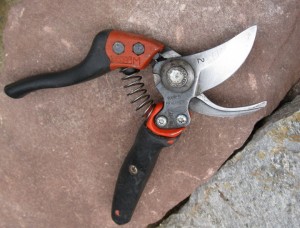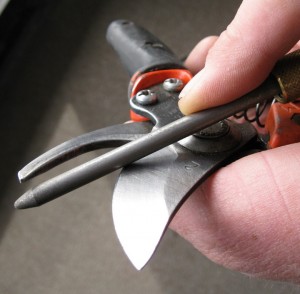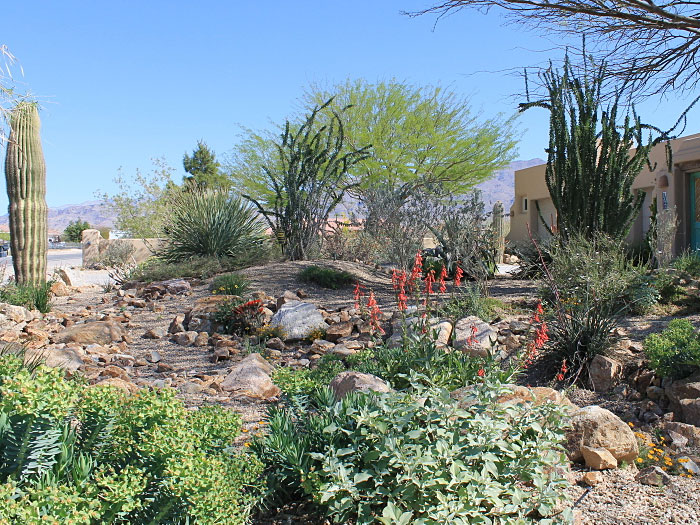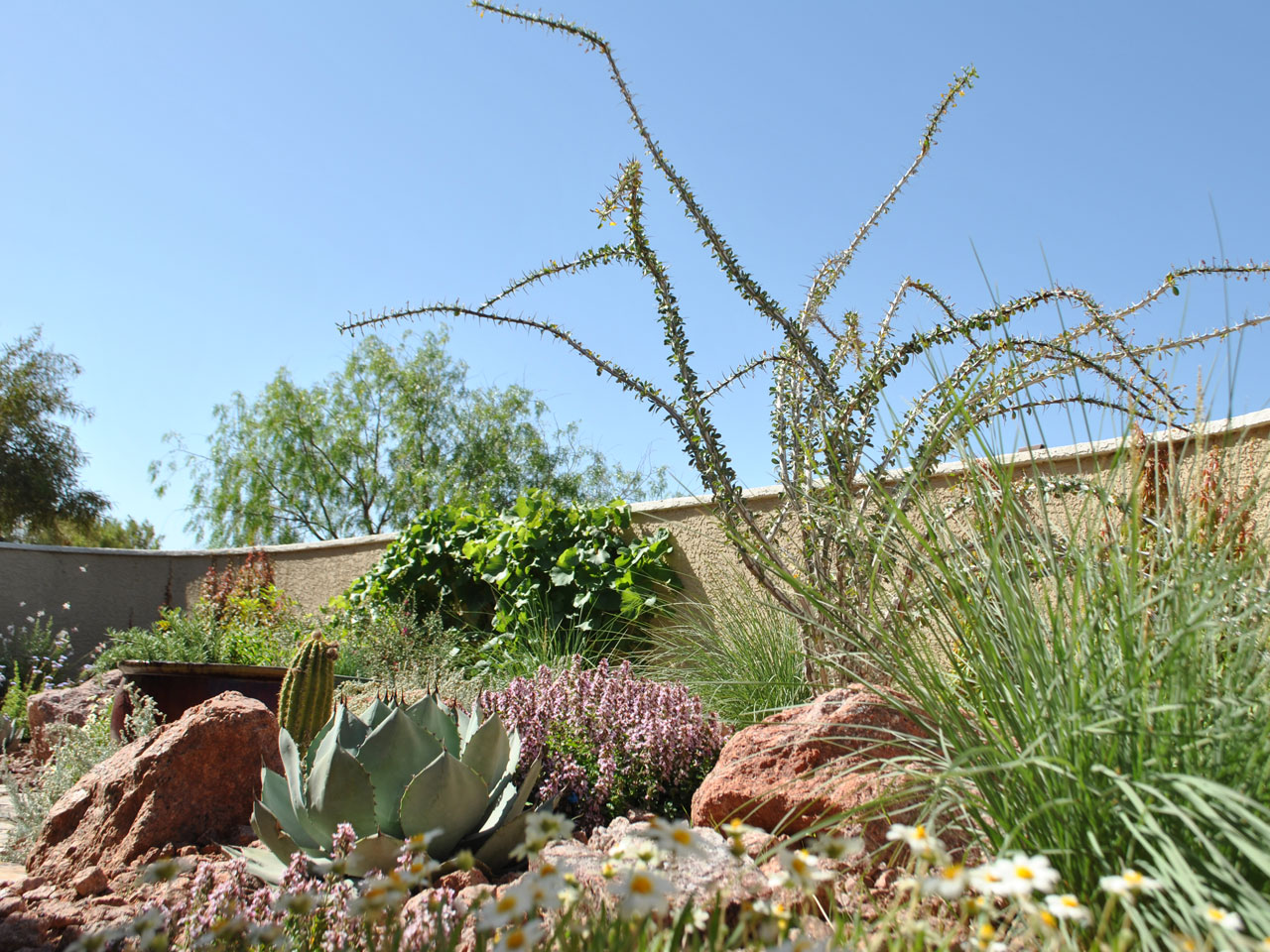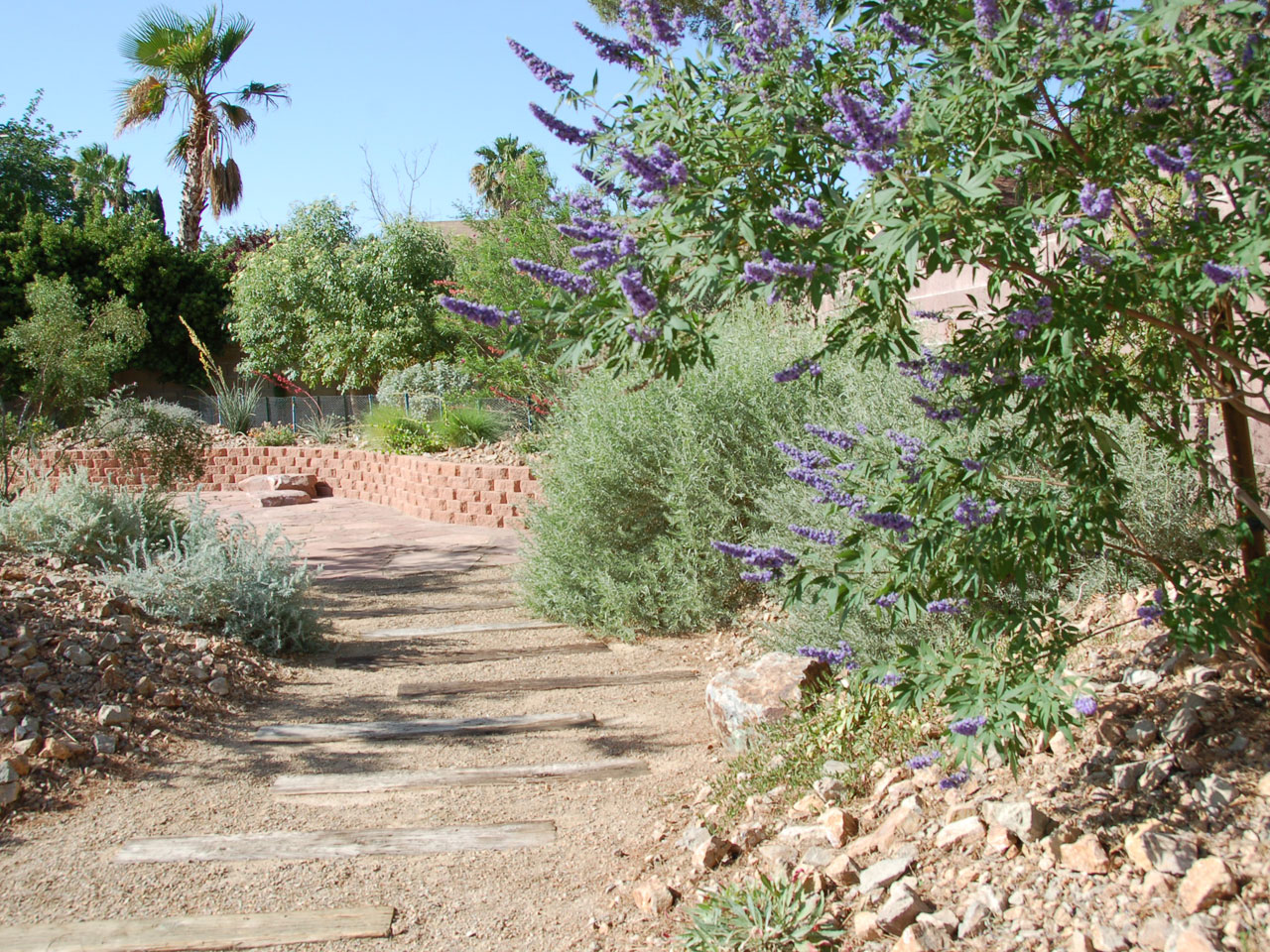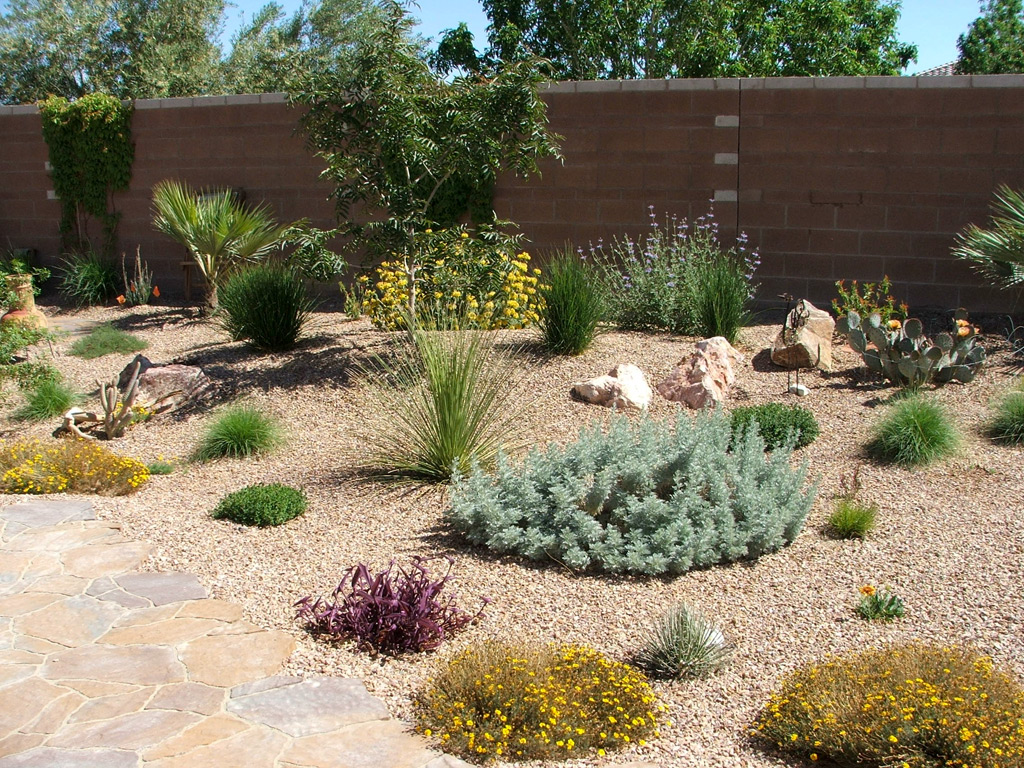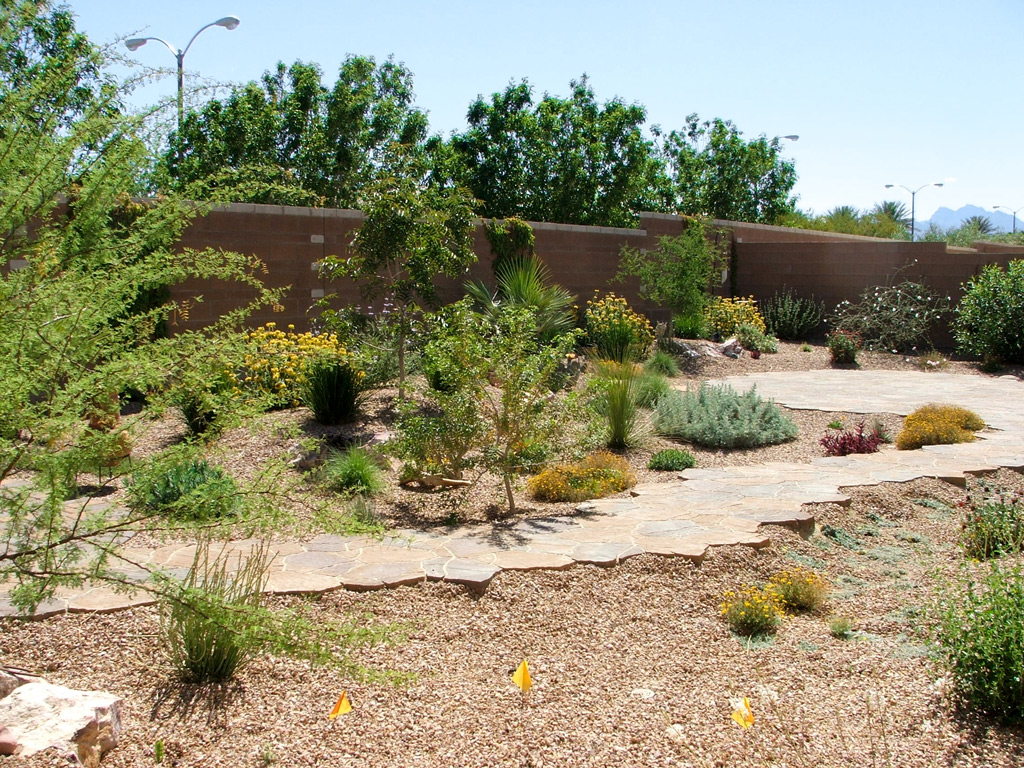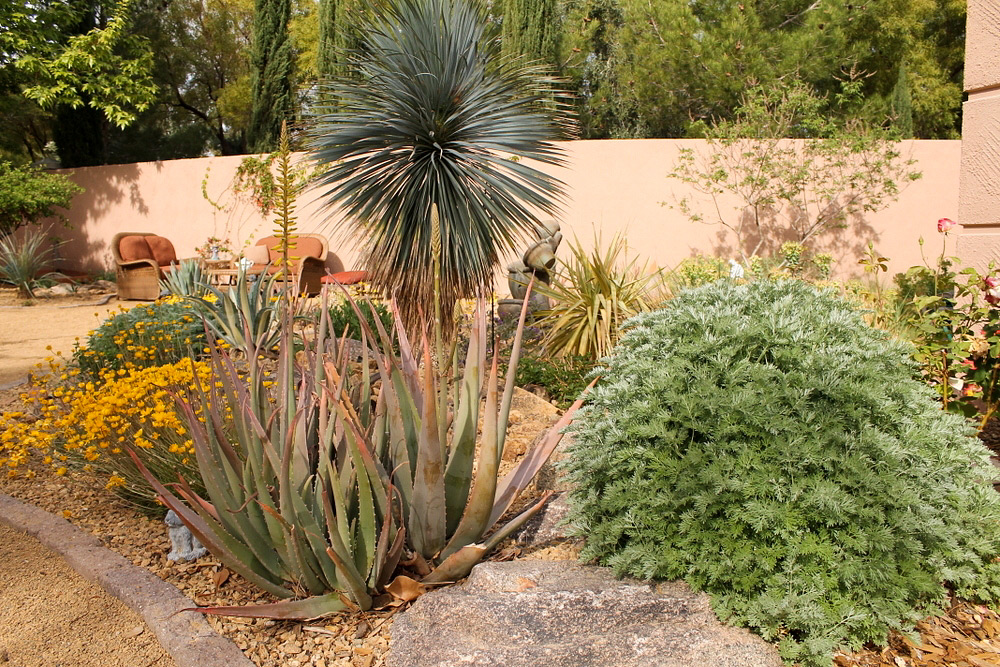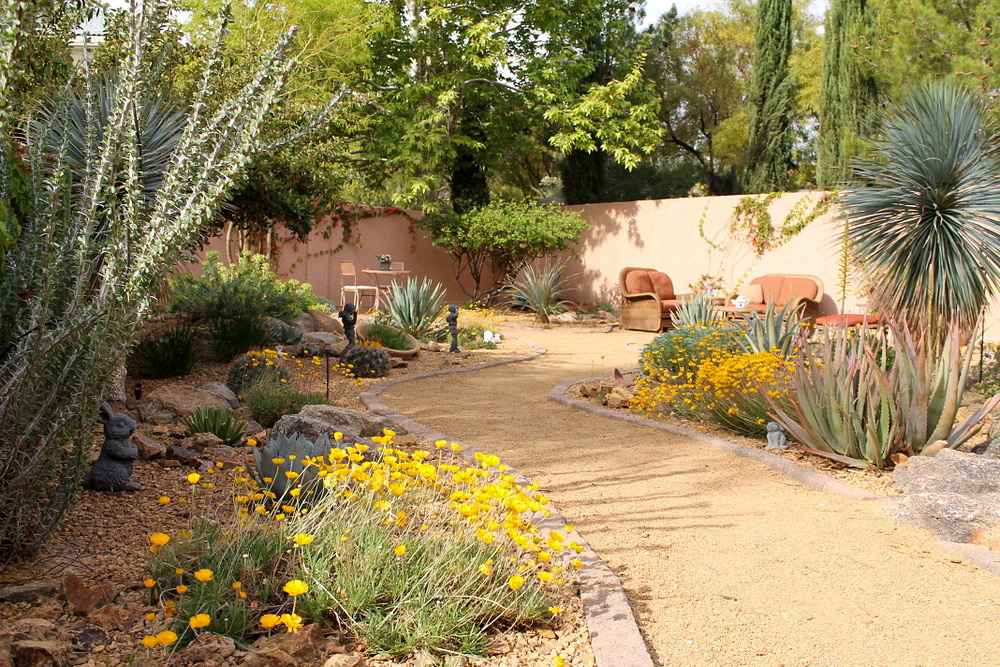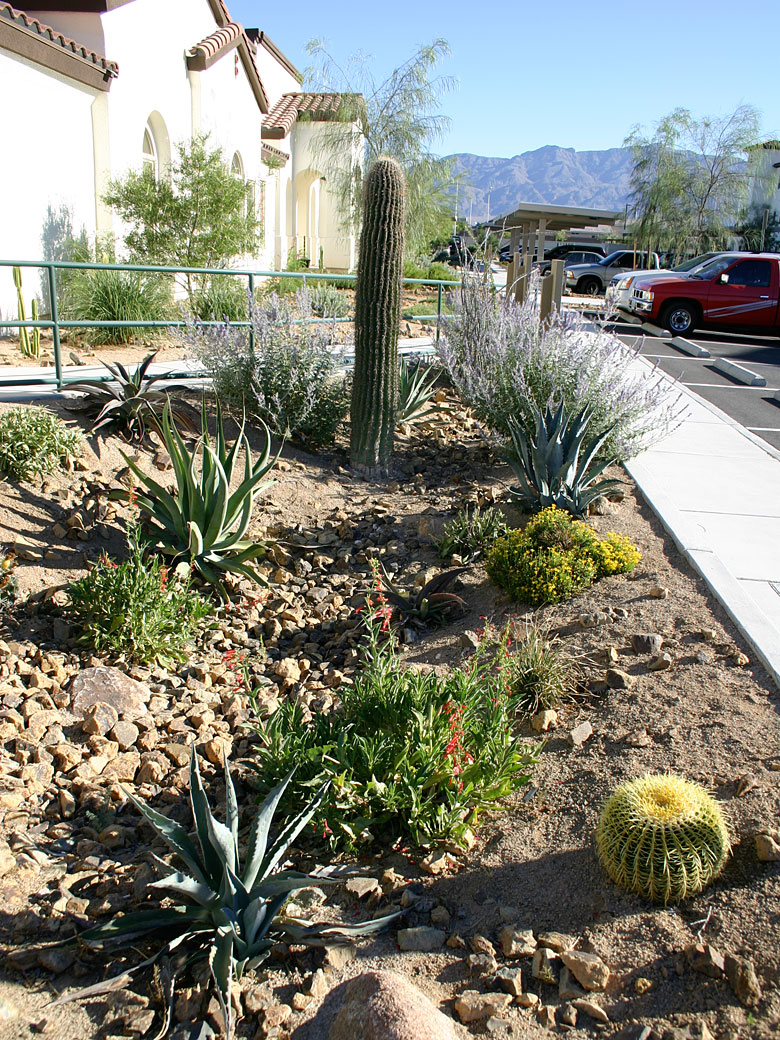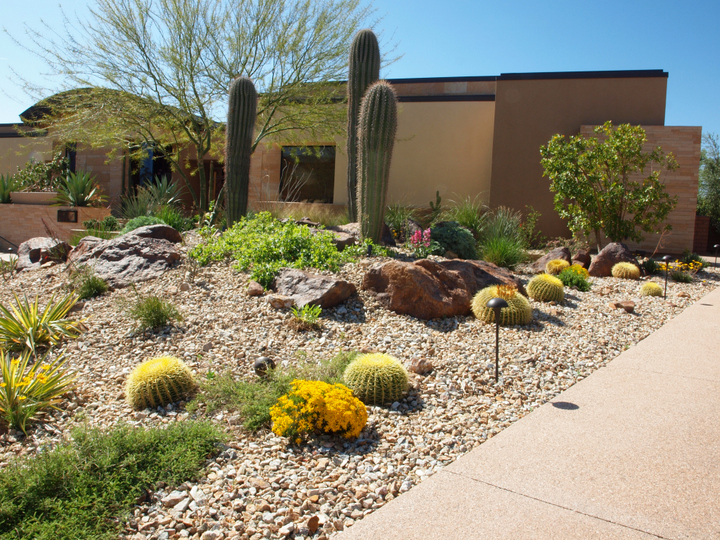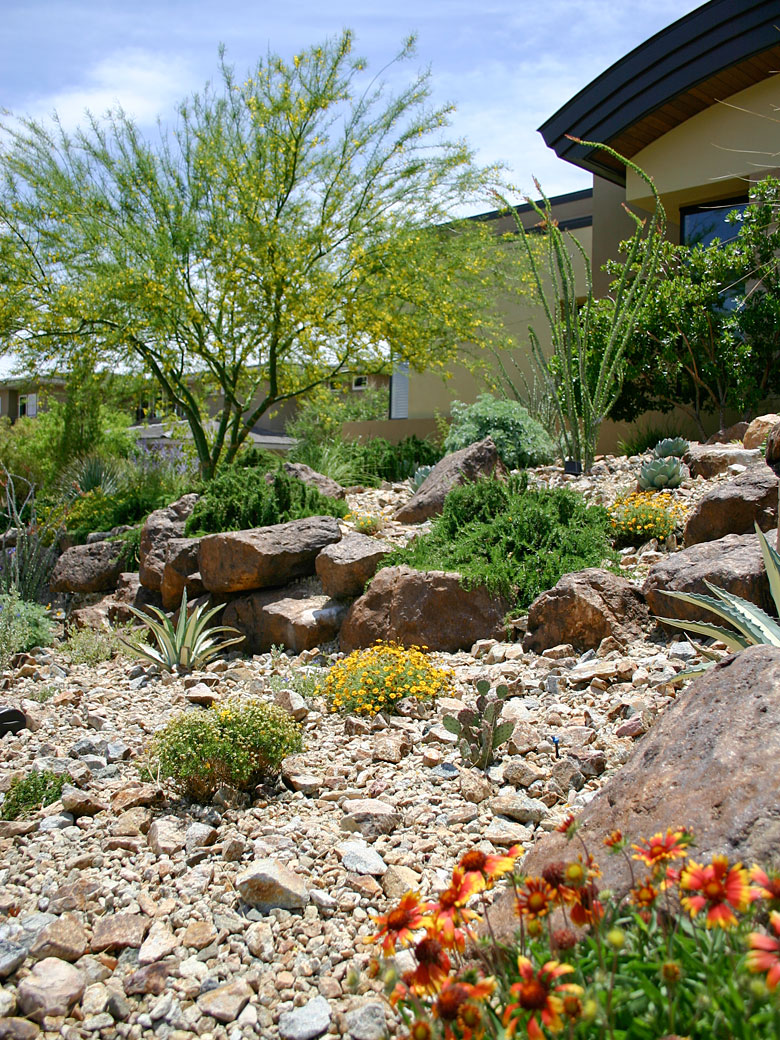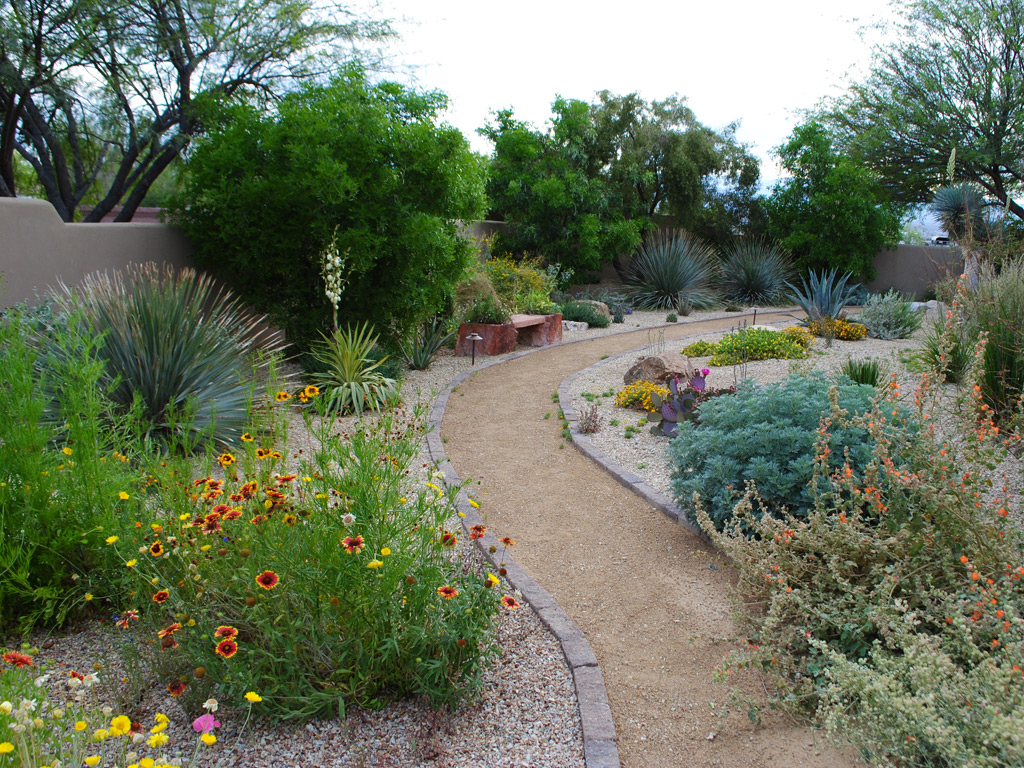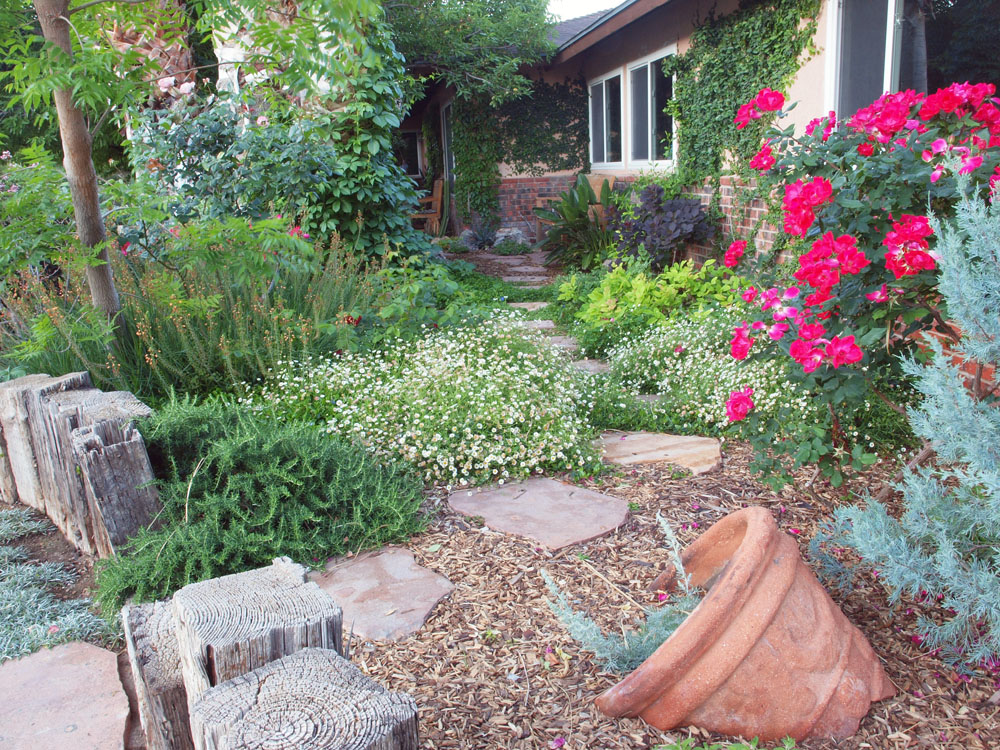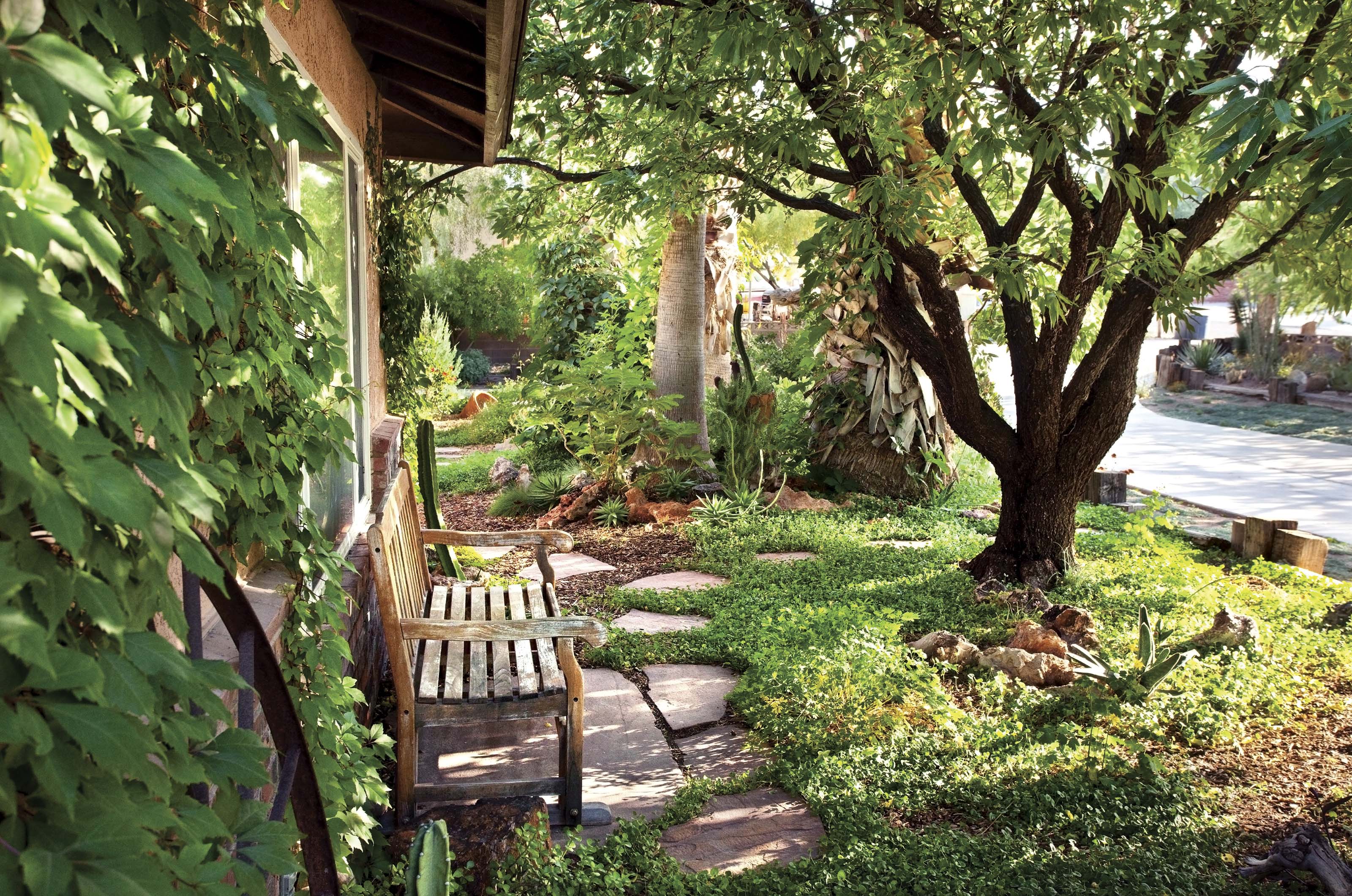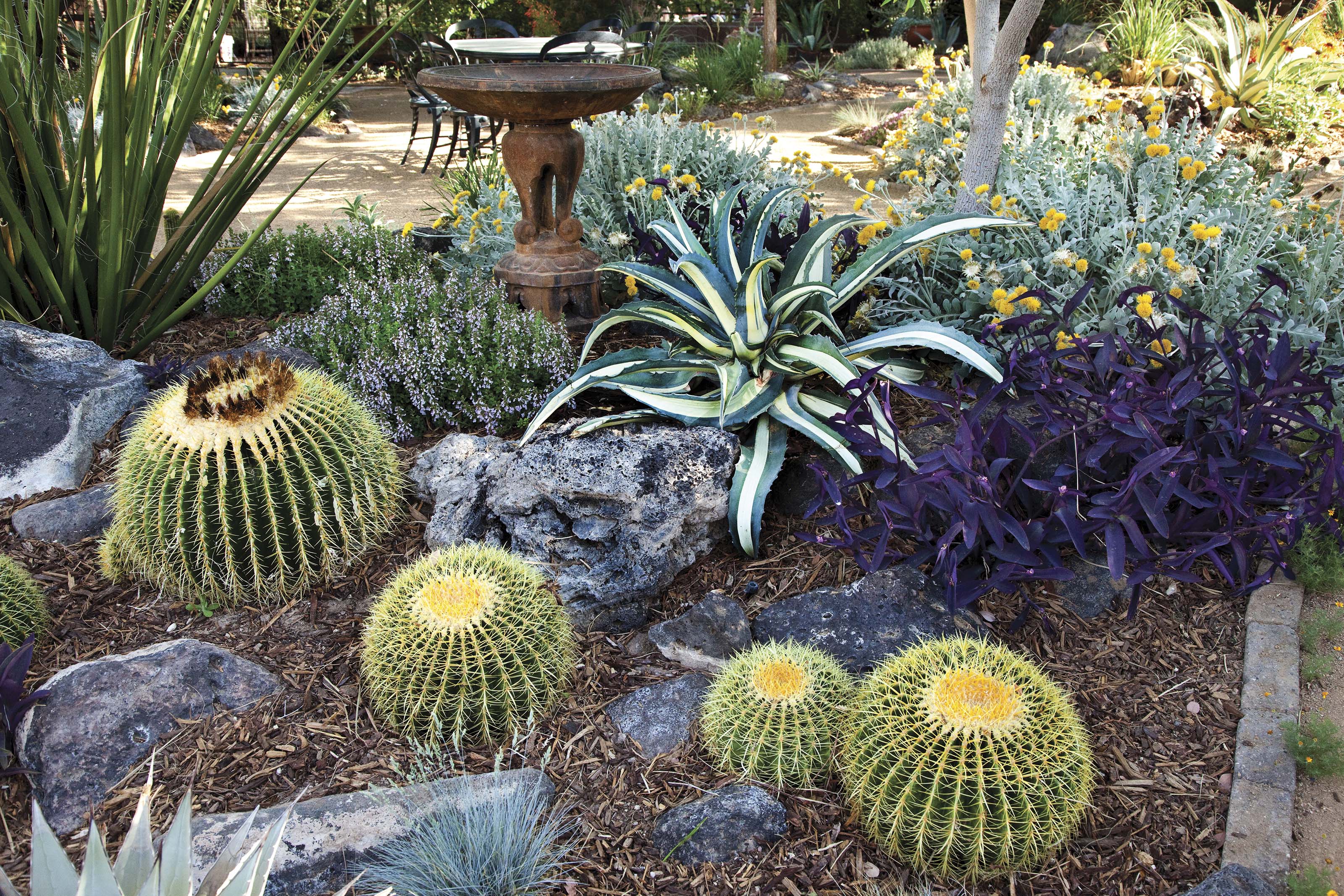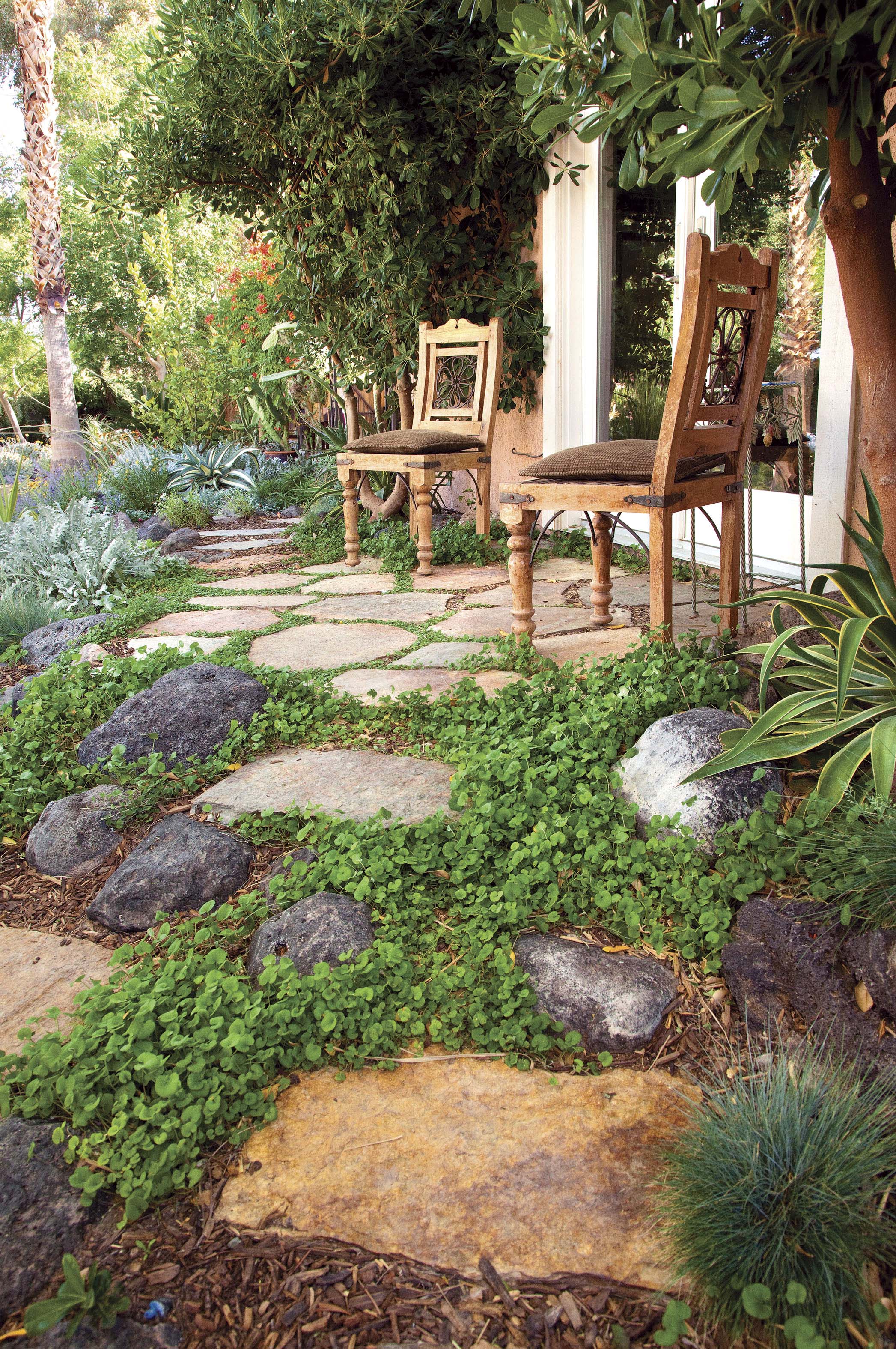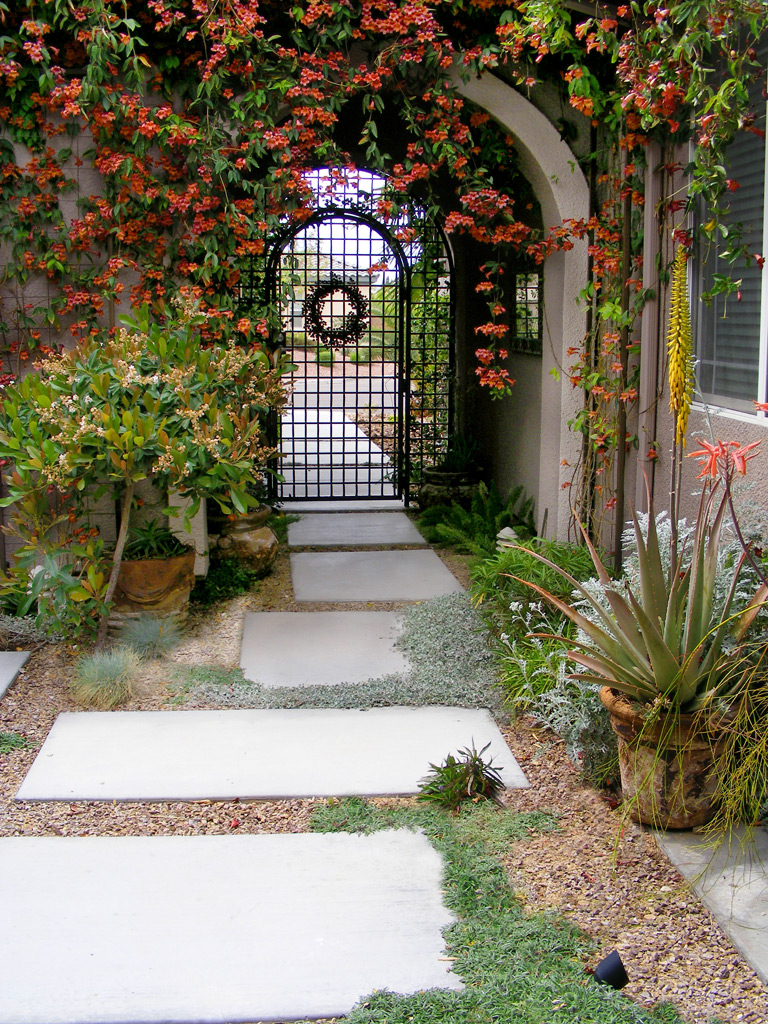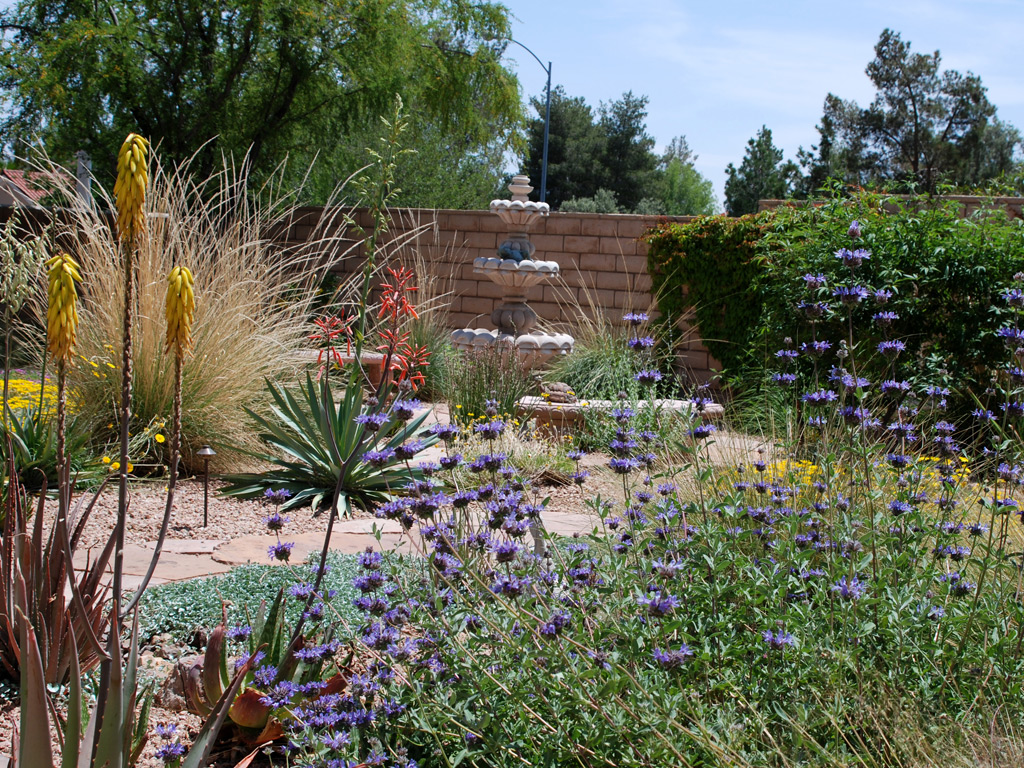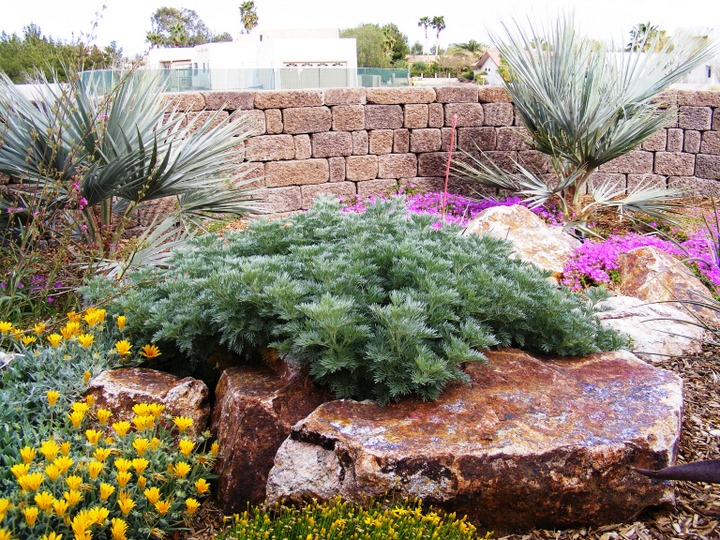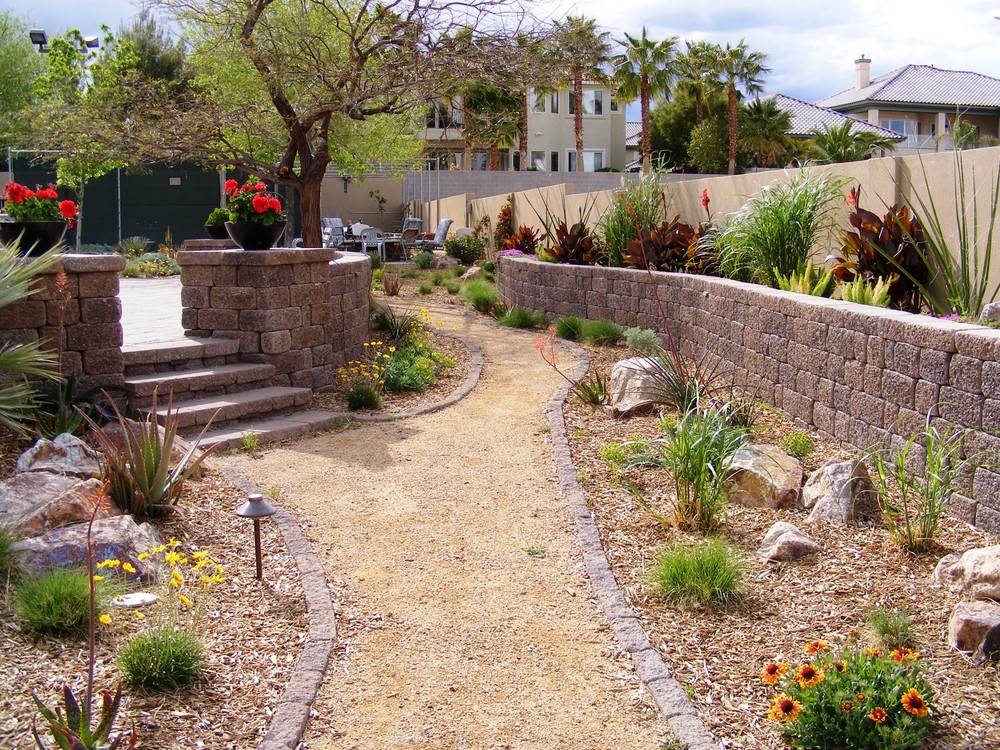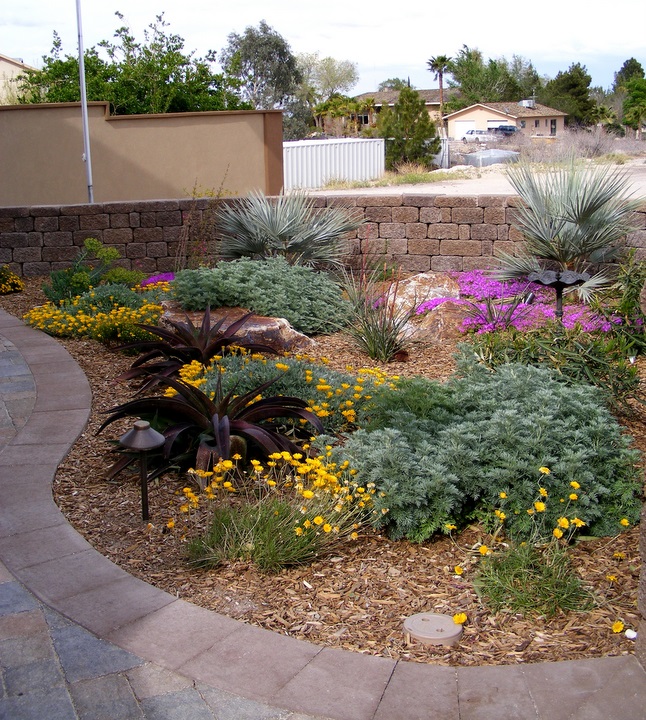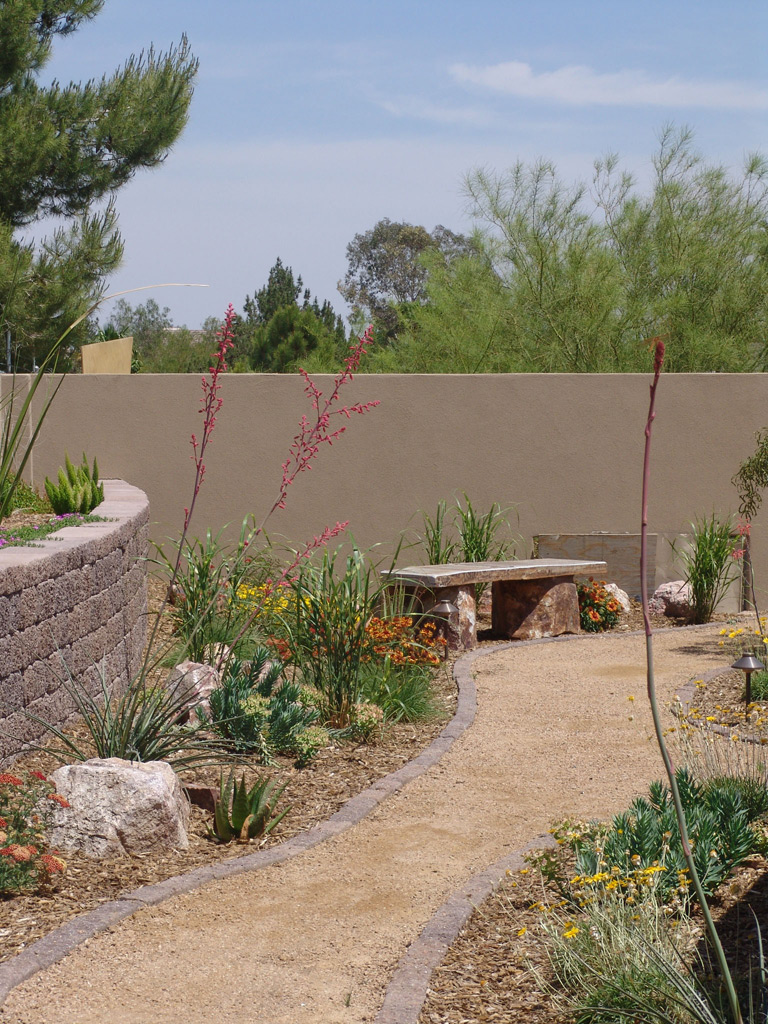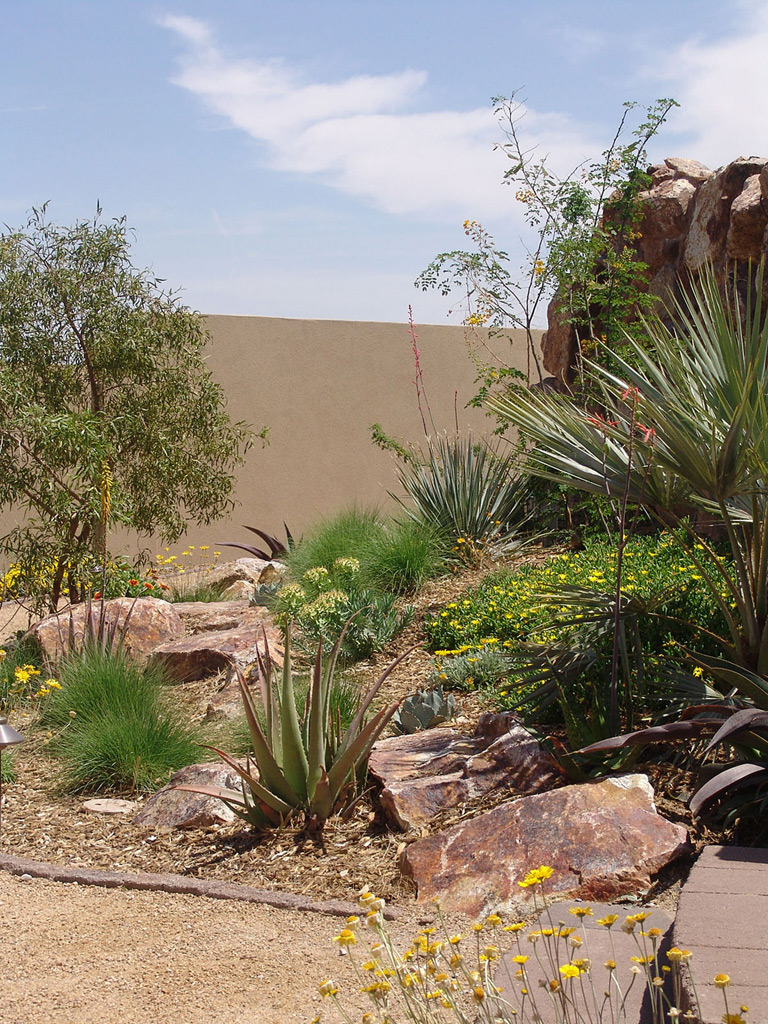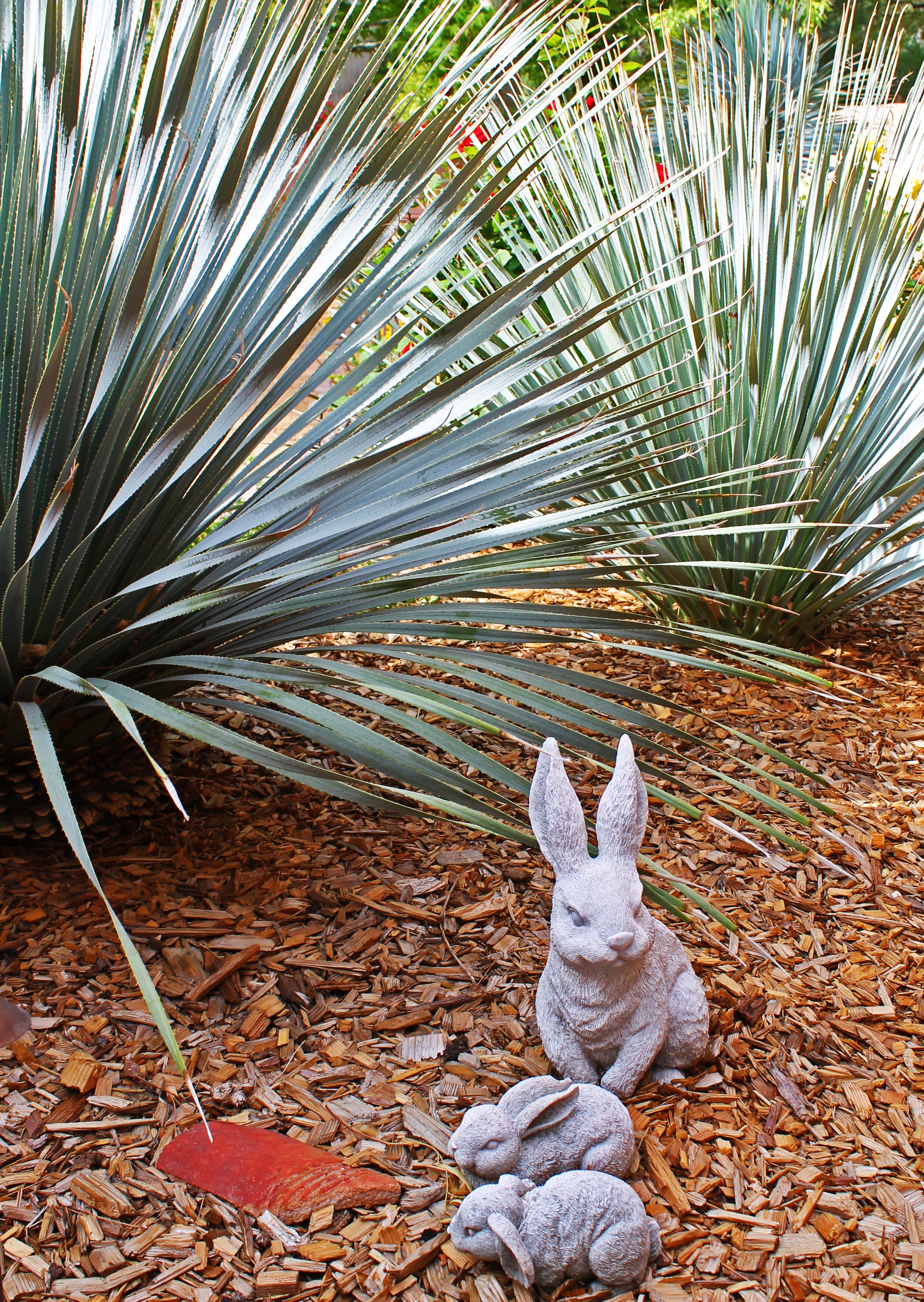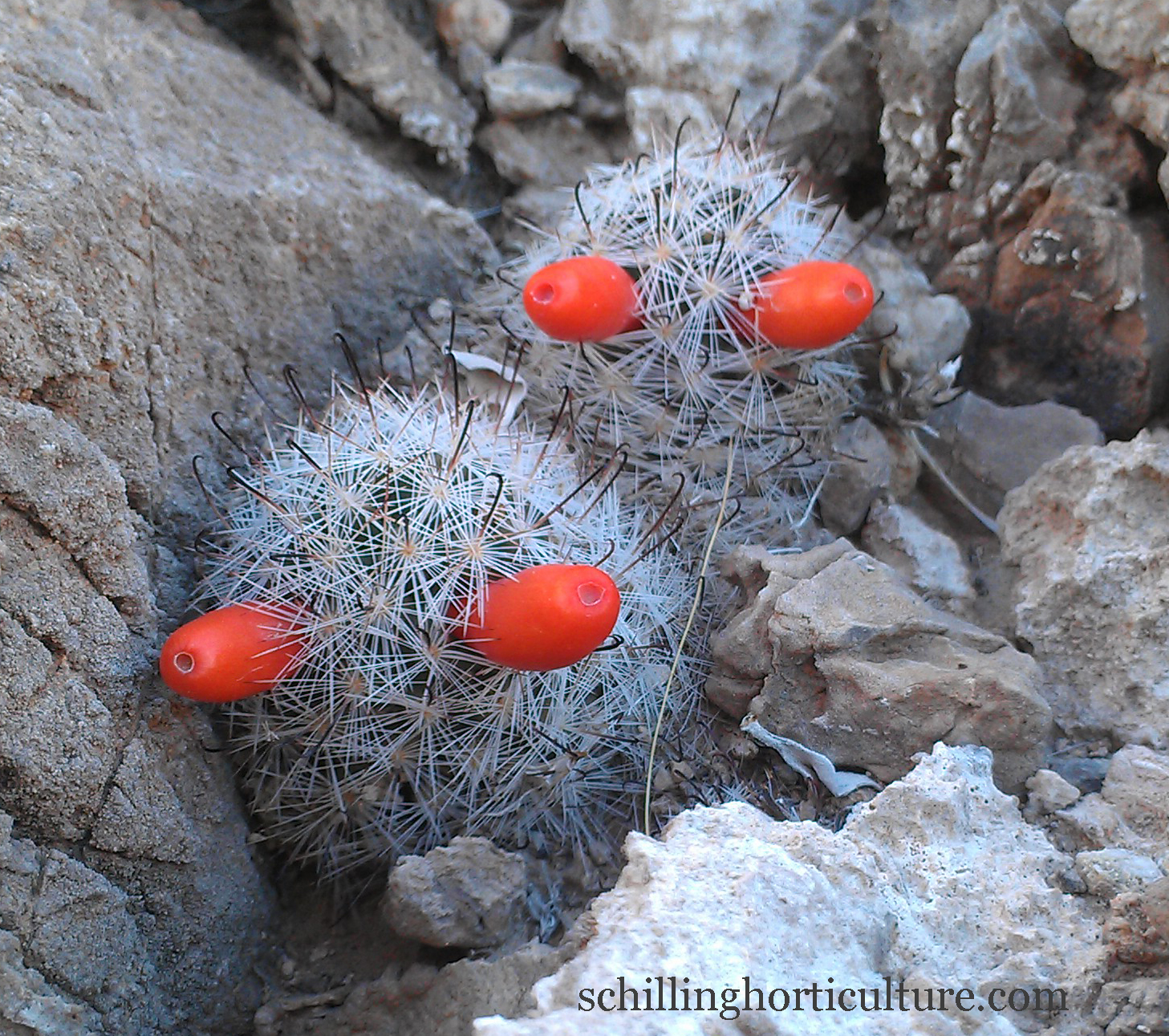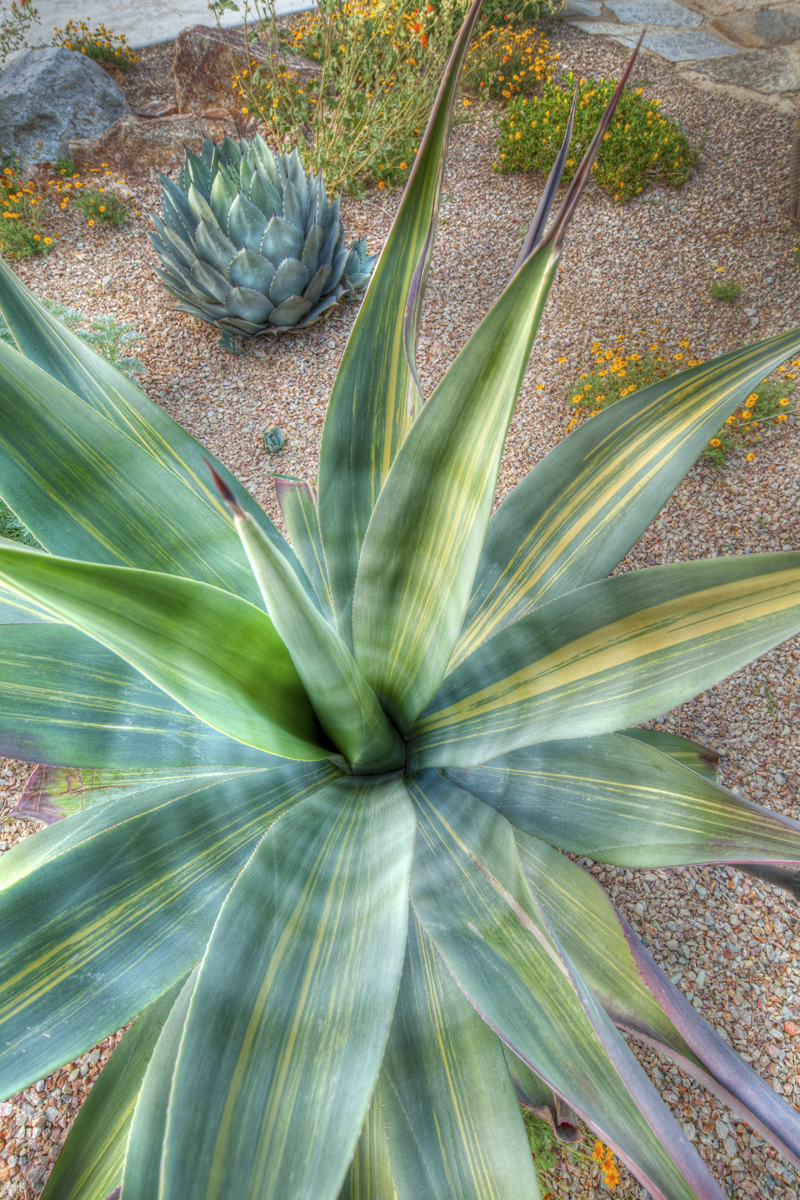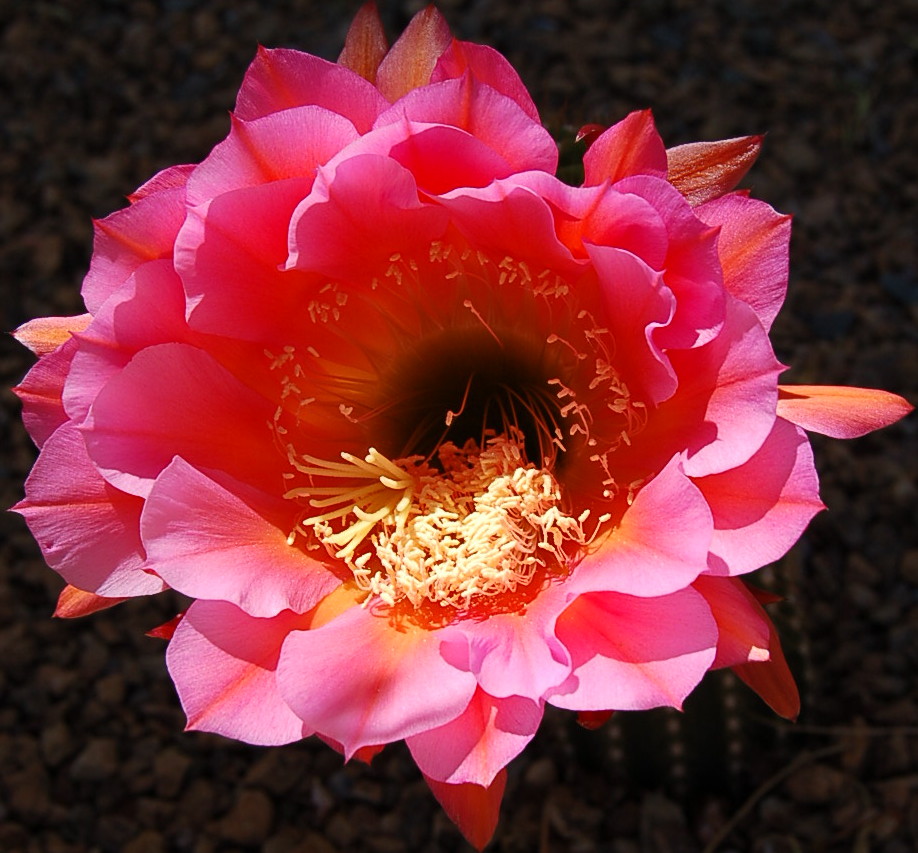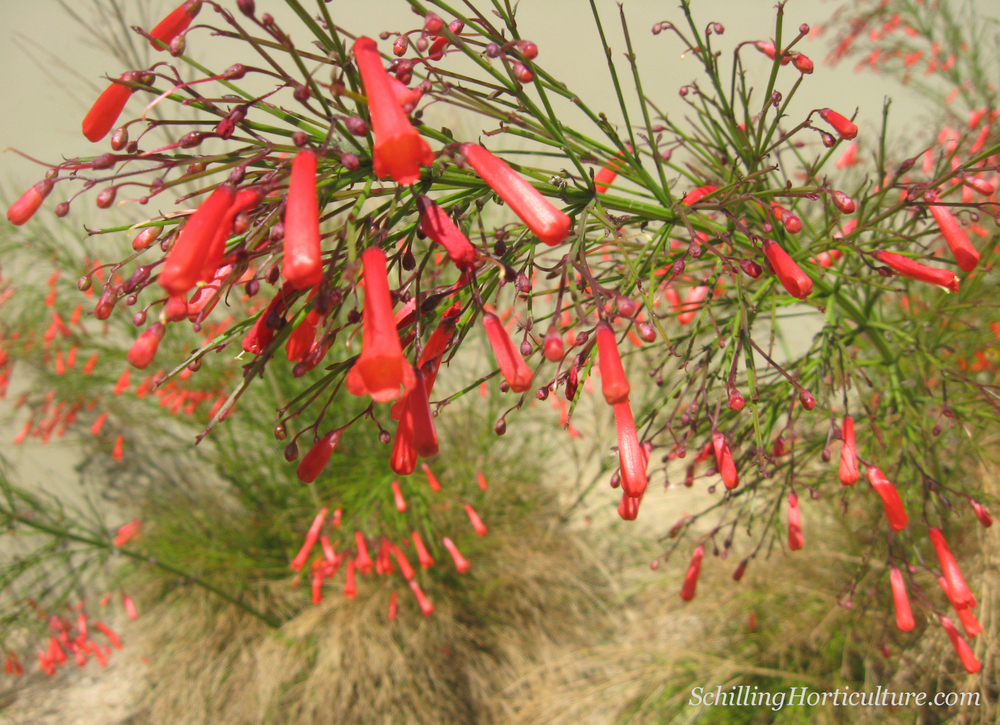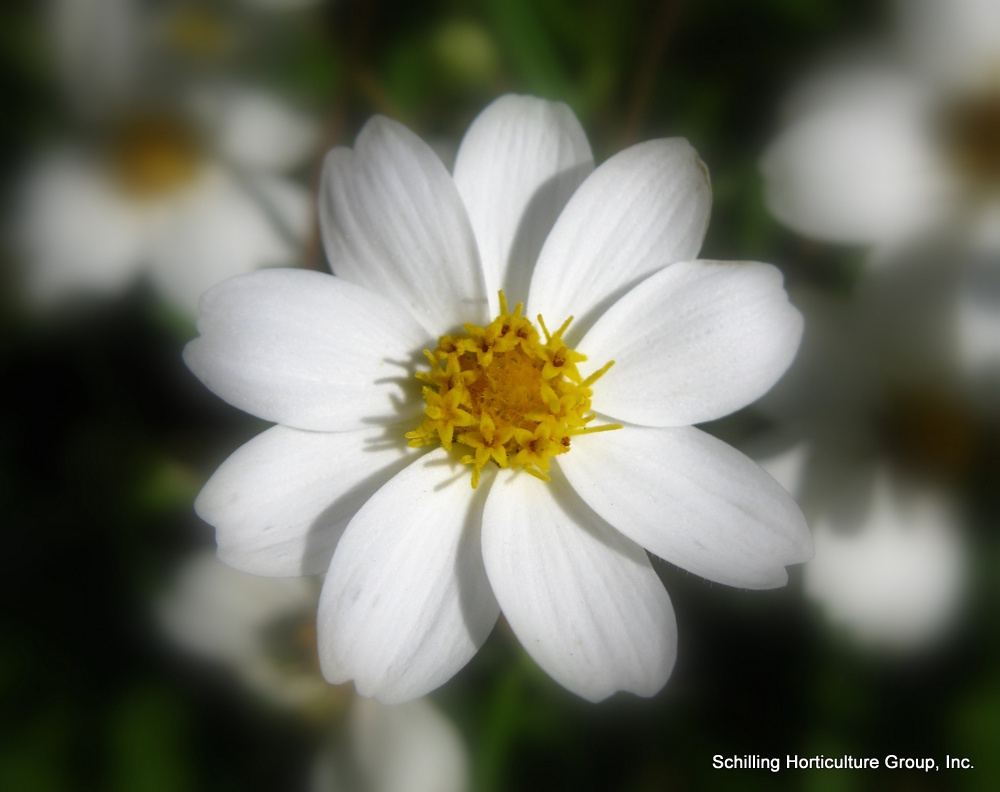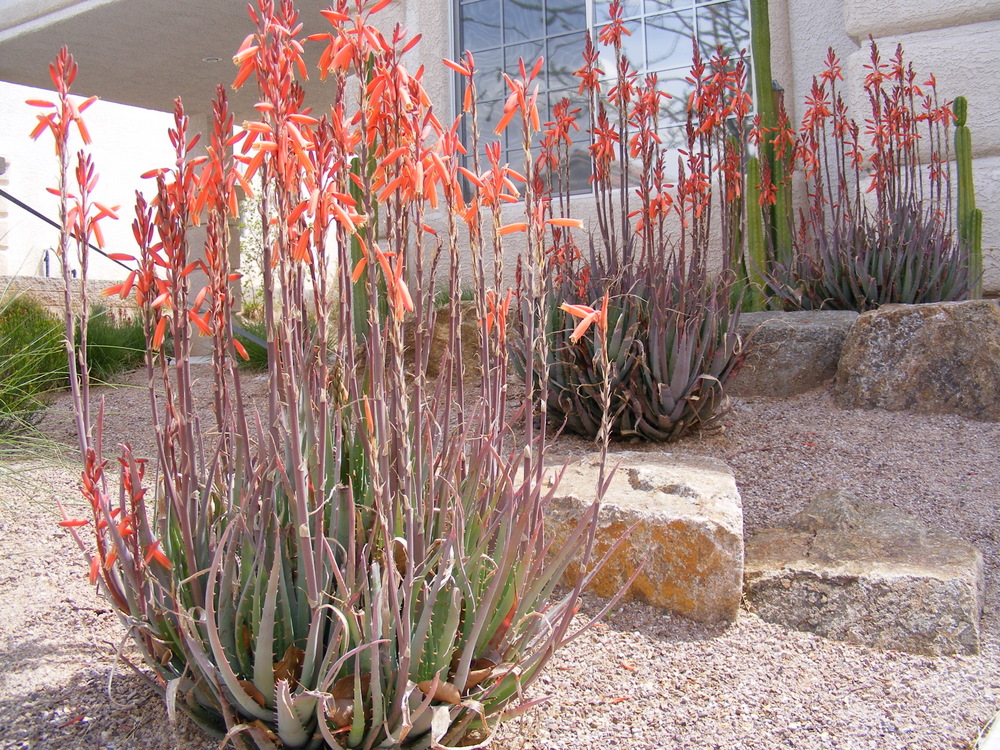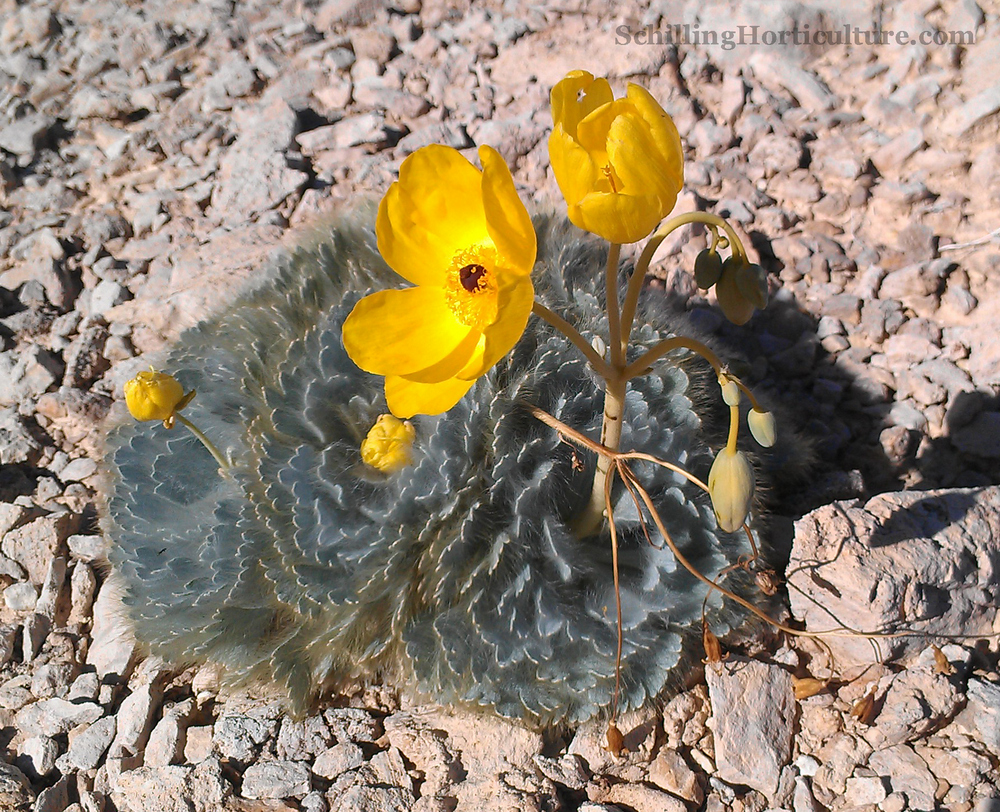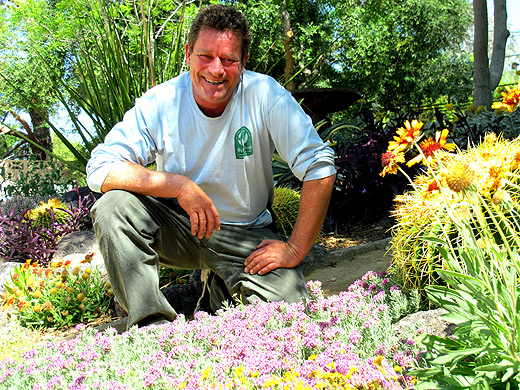February is a busy month in the garden, especially for pruning. I was browsing a local online gardening forum the other day and somebody was asking about what kind of gardening tools to purchase. It got me thinking about the tools I carry when I work in the garden. My hand pruners are the most important of them.
Of all the tools, hand pruners are the most important investment. Don’t skimp on these, because you’ll likely use them a lot! A good pair can last a lifetime. Get by-pass pruners, the type with a scissor type action, where the blades move past each other to make the cut. Avoid anvil-types, which have a straight blade that comes down on a flat anvil, and stops. By-pass pruners will give you a much cleaner cut, without “bruising” the wood like the anvil type.
Shop for them, preferably by holding the pair before you buy. Felco used to be my favorite hand-pruners and I still like them a lot. They have a wide range of styles, different sizes and lefties to accommodate different size hands. I do a lot of pruning, so I prefer a rotating handle. I switched to a Bahco hand pruner a couple of years ago, as it fit me well and took less pressure on the handle to make the same cut.
If you can’t afford Bahco or Felco top-end ($40-50), then Corona makes decent pruners and Felco has a lower-end range ($20-30).
Avoid cheap brands ( less than $15-20). Your hand will likely hurt, each cut will take more effort and the cuts themselves are less clean and prone to damage the plant you’re trying to help.
In Las Vegas, Rhino’s Turf carries Felco pruners. Western Organics (Gro-Well) 5441 E. Cheyenne (702) 639-0370 has Bahco.
Whichever type you get, keep the blade sharp. With by-pass pruners, use a fine file to lightly run it across the cutting knife, in line with the face of the blade that is angled-in. Don’t run it across the back-side of the cutting knife, nor on the other, thicker blade. Also clean and lube them periodically.
Use hand pruners for cuts up to about ½”. For larger cuts, use a saw. A pocket saw is light-weight, folds and fits in your pocket, and can easily handle cuts up to 3 or 4”. I’ll be talking about them in another post soon.
FUTURE POSTS:
Pocket Saw
Loppers
Digging tool
Gloves, glasses and other safety stuff



